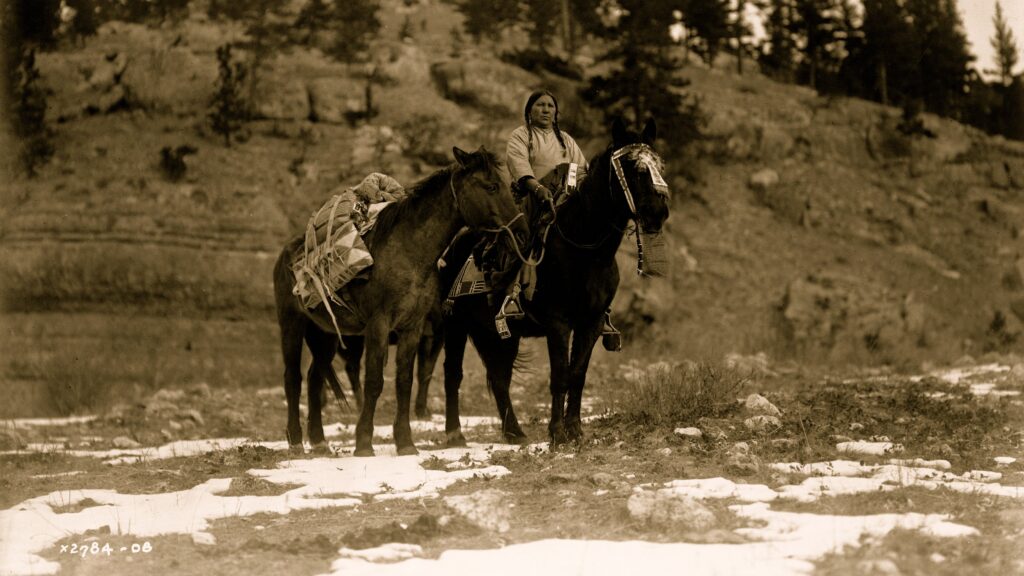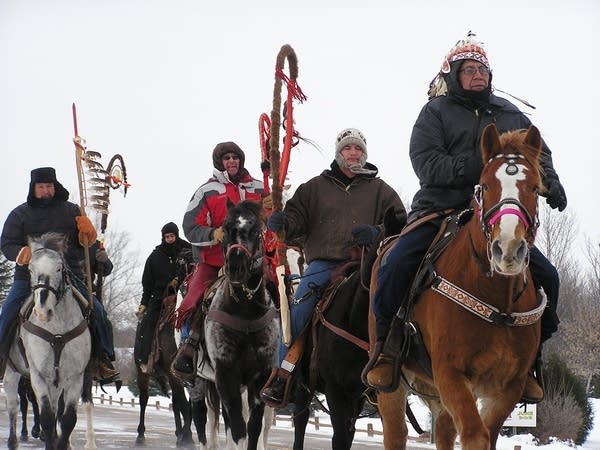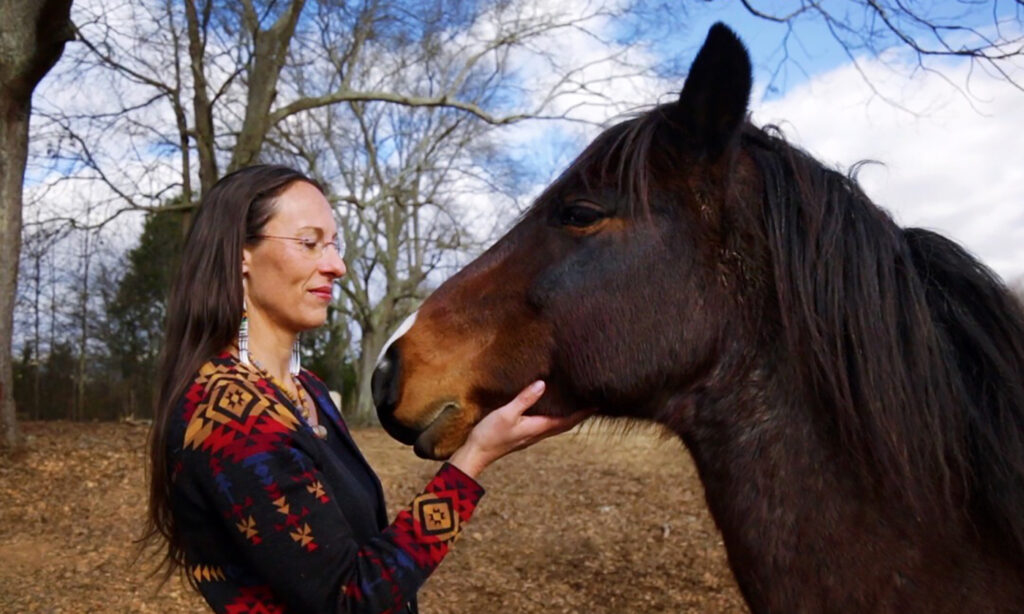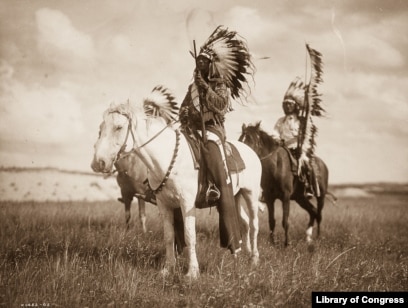Discover the rich cultural connection between horseback riding and Native cultures in this captivating article. From the origins of horsemanship to the profound impact it had on Native tribes, this article explores the deep-rooted relationship between humans and horses. With a focus on historical context and cultural significance, this piece sheds light on the integral role that horses played in Native American societies and how horseback riding continues to be revered today. Join us as we embark on a journey through time, exploring the bond between humans and equines that transcends generations and continents.

History of Horseback Riding
The history of horseback riding dates back to ancient origins, where early civilizations discovered the remarkable capabilities of horses. These early equestrians recognized that horses could be more than just a source of food or labor. They soon realized the immense potential of horses as a mode of transportation, paving the way for a long and enduring relationship between humans and these magnificent creatures.
Ancient Origins
Horseback riding can be traced back to around 4,000 BCE, when nomadic tribes in what is now Kazakhstan began domesticating horses. These early riders developed innovative techniques to harness the power of these animals, using them for transportation, hunting, and warfare. As the knowledge of horse taming and riding spread, it soon became an integral part of the cultures and civilizations that emerged throughout the world.
Horseback Riding in Native Cultures
Native cultures across the globe have long recognized the significance of horses. In North America, indigenous tribes such as the Plains Indians became highly skilled riders, utilizing horses for various purposes. These cultures developed a deep spiritual connection with horses, incorporating them into their daily lives and traditional ceremonies.
Introduction of Horses to Native Cultures
The introduction of horses to native cultures in North America had a profound impact on their way of life. Horses were first brought to the continent by Spanish conquistadors in the 16th century. This introduction revolutionized native communities, allowing for greater mobility, efficiency in hunting, and enhanced communication and trade. The arrival of horses fundamentally transformed their cultures and solidified the bond between humans and horses.
Horses as a Mode of Transportation
Horses played a crucial role in facilitating transportation in native cultures. They served as reliable and efficient means of travel, enabling tribes to cover vast distances more quickly than ever before. The nomadic tribes of the Great Plains, for example, relied heavily on horses for their seasonal migrations, which were essential for their survival.
Role of Horses in Native Cultures
In native cultures, horses were not merely a means of transportation but an integral part of their identity and way of life. Tribes such as the Comanche and Sioux developed exceptional horsemanship skills, allowing them to excel in both hunting and warfare. Horses enabled these tribes to expand their territories, establish trade networks, and form alliances with neighboring tribes.
Benefits of Horseback Riding as Transportation
Horseback riding offered numerous advantages as a mode of transportation. Unlike on foot, riders could cover great distances quickly, traversing diverse terrains with ease. Horses could navigate rugged landscapes, cross rivers, and climb mountains, providing access to areas previously inaccessible. Additionally, traveling on horseback allowed for increased carrying capacity, enabling riders to transport goods, supplies, and even families.
Horses in Native Spirituality and Beliefs
Native cultures held a deep spiritual connection with horses, seeing them as more than mere animals. Horses were revered and respected, playing significant roles in their spiritual beliefs and practices. The bond between horses and humans was considered sacred, and their presence was believed to bring blessings and protection.
The Sacred Connection Between Horses and Native Cultures
For native cultures, horses represented a sacred link between the physical and spiritual worlds. They saw horses as spiritual guides and messengers, embodying qualities such as freedom, strength, and resilience. Horses were revered as sacred beings that possessed a deep understanding of nature and the spiritual realm.
Horse Symbolism and its Significance in Native Beliefs
Horses held profound symbolism in native beliefs, often representing power, leadership, and the ability to overcome obstacles. Their strong and majestic nature made them symbols of courage and wisdom. Horses were also associated with the sun and the moon, symbolizing the balance and harmony between earthly and celestial realms.
Horseback Riding as a Recreational Activity
In addition to its practical uses, horseback riding has also become a popular recreational activity. People of all ages and backgrounds can enjoy the thrill and joy of riding horses. Native cultures have their own unique riding techniques and traditions that continue to be celebrated today.
Traditional Native Riding Techniques
Native cultures developed their own distinct riding techniques, which are still practiced and taught today. These techniques emphasize balance, harmony, and bonding with the horse. Riders are trained to communicate effectively with their horses through subtle cues, fostering a deep connection and trust between the rider and the animal.
Native Games and Competitions Involving Horses
Horses have been central to various forms of traditional native games and competitions. These activities showcase equestrian skills and test the abilities of both horse and rider. The Native American sport of lacrosse, for example, is often played on horseback, requiring agility, speed, and strategic teamwork. Rodeos and powwows also feature horse-related competitions, allowing riders to showcase their horsemanship and athleticism.

Native Horsemanship and Training Techniques
Native cultures have developed unique methods of training horses, passed down through generations. These traditional training techniques emphasize mutual respect, patience, and understanding, recognizing the importance of building a strong bond between rider and horse.
Traditional Methods of Training Horses in Native Cultures
Native horsemanship focuses on building a foundation of trust and willingness between horse and rider. Training involves consistent and gentle handling, allowing the horse to develop confidence and respect for its rider. Native trainers prioritize understanding the horse’s natural instincts and behavior, tailoring their training methods accordingly.
The Bond Between Native Riders and their Horses
Native riders form deep, lifelong bonds with their horses. This connection goes beyond mere companionship and extends to a level of mutual understanding and trust. Native horsemanship emphasizes the importance of listening to the horse, recognizing its needs, and maintaining clear communication, resulting in a harmonious and effective partnership.
Horses in Native Art and Culture
Horses have long been incorporated into the art, stories, and traditions of native cultures. They serve as prominent subjects in various forms of artwork, symbolizing the rich cultural heritage and the enduring connection between humans and horses.
Depiction of Horses in Native Artwork
Native artists skillfully depict horses in their artwork, using various mediums such as paintings, carvings, and textiles. These representations capture the grace, strength, and beauty of horses, showcasing their significance in native cultures. Horses often appear in ceremonial regalia and as central figures in storytelling and mythology.
Horse-related Ceremonies and Traditions in Native Cultures
Native cultures have rituals and ceremonies dedicated to horses, highlighting their spiritual and cultural importance. Horse blessings, for example, are performed to honor and show gratitude for the blessings horses bring to their communities. Horses play vital roles in celebrations, dances, and storytelling, preserving their significance in native traditions.

Native Horse Breeds and Adaptations
Over centuries of interaction, native cultures developed their own horse breeds that were well-suited to their unique environments and needs. These breeds possess distinct traits and characteristics that have been preserved and passed down through generations.
Indigenous Horse Breeds Developed by Native Cultures
Native cultures in different regions of the world selectively bred horses to adapt to local environments and fulfill specific purposes. The Mustang, for instance, is a breed that evolved from the horses introduced by the Spanish conquistadors and has become synonymous with the American West. These native breeds demonstrate resilience, endurance, and adaptability, reflecting the environments in which they were developed.
Traits and Characteristics of Native Horses
Native horse breeds exhibit a range of traits and characteristics that make them well-suited for their respective environments and the tasks required of them. These breeds often possess physical attributes such as strong hooves, compact bodies, and robust immune systems. They are known for their agility, endurance, and ability to navigate challenging terrains.
Horses in Native Warfare
Horses played a significant role in native warfare, revolutionizing combat strategies and providing tribes with a newfound advantage. Skilled warrior riders utilized horses to engage in swift and strategic maneuvers, shaping the outcomes of battles and conflicts.
Role of Horses in Native Warfare Tactics
Horses revolutionized native warfare tactics, allowing tribes to conduct lightning-fast raids, surprise attacks, and swift retreats. They provided mobility and speed on the battlefield, enabling warriors to outmaneuver their opponents and strike with precision. Horses became essential in skirmishes, scouting, and communication, greatly influencing the outcome of conflicts.
Famous Native Warrior Riders
Numerous native warriors gained renown for their exceptional horsemanship skills and fearlessness in battle. These legendary figures include Chief Joseph of the Nez Perce, who led his people’s resistance against forced removal, and Crazy Horse of the Lakota Sioux, who played a pivotal role in the Battle of Little Bighorn. These warriors exemplified the mastery of horseback riding as a strategic and powerful tool in native warfare.

Modern-Day Preservation of Native Horse Cultures
Efforts are underway to preserve and promote traditional native horsemanship and the cultural significance of horses. Organizations, centers, and programs have been established to ensure the preservation of these ancient practices and to educate future generations about the rich legacy of native horse cultures.
Efforts to Preserve Traditional Native Horsemanship
Various organizations and individuals are dedicated to preserving and reviving traditional native horsemanship. They offer training programs, workshops, and events that teach the skills, techniques, and philosophies of native horsemanship. These initiatives aim to safeguard not only the practical knowledge of horsemanship but also the spiritual and cultural connections between humans and horses.
Native Horse Riding Centers and Programs
Native horse riding centers and programs have emerged as vital institutions for preserving and promoting native horse cultures. These centers serve as educational hubs, offering riding lessons, horsemanship workshops, and cultural immersion experiences. They provide a platform for native communities to showcase their traditions and help bridge the gap between generations, ensuring the continuation of these timeless practices.
Appreciating and Respecting Native Horse Cultures
As horseback riding continues to captivate and inspire people around the world, it is crucial to approach native horse cultures with respect and understanding. Cultural appropriation and misrepresentation can harm these cultures and undermine the significance of their traditions. By actively promoting cultural awareness and understanding, we can ensure the preservation and celebration of native horse cultures for generations to come.
Cultural Appropriation and its Impact on Native Horse Cultures
Cultural appropriation occurs when elements of one culture are adopted or exploited without proper understanding or respect. In the context of native horse cultures, cultural appropriation can lead to misrepresentations, commodification, and the erasure of indigenous voices and perspectives. It is essential to approach native horse cultures with sensitivity, acknowledging their rightful ownership and the contributions they have made to the equestrian world.
Promoting Cultural Awareness and Understanding
Promoting cultural awareness and understanding is key to honoring and preserving native horse cultures. By learning about the history, traditions, and significance of these cultures, we can foster a deeper appreciation for their practices and values. It is important to listen to and amplify indigenous voices, supporting their efforts to reclaim and share their equestrian heritage. By engaging in respectful dialogue and educating ourselves, we can promote a more inclusive and equitable equestrian community.

